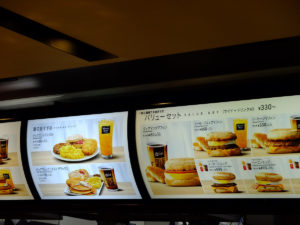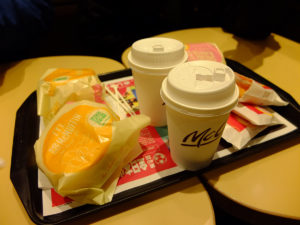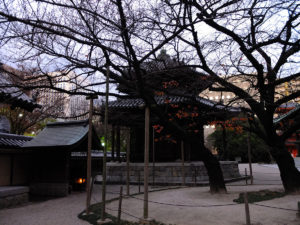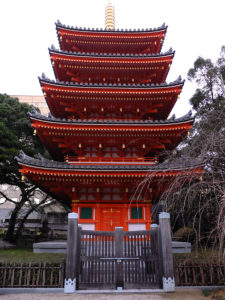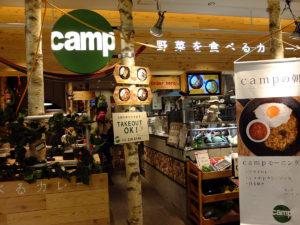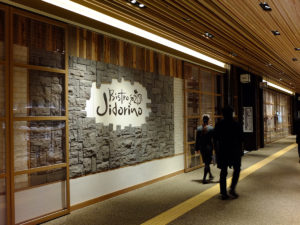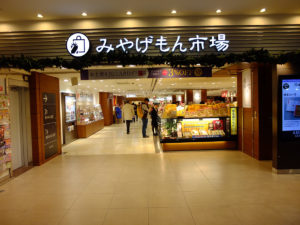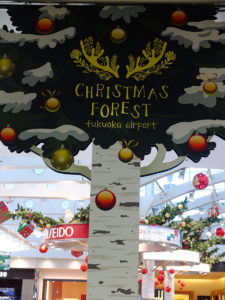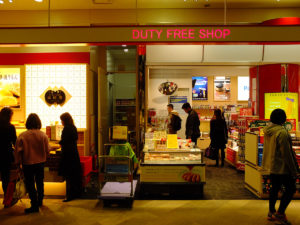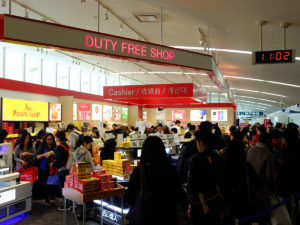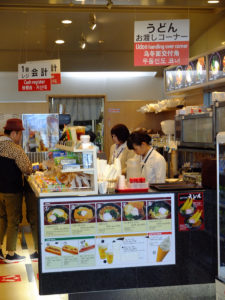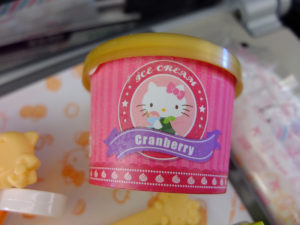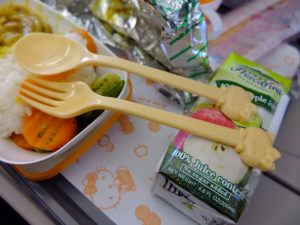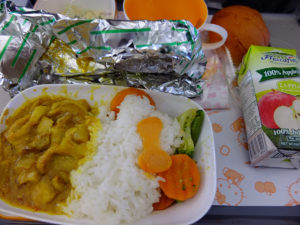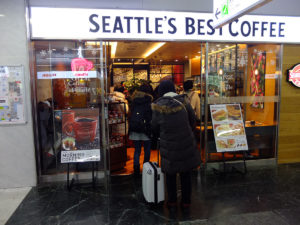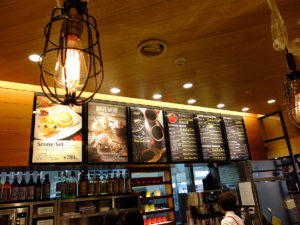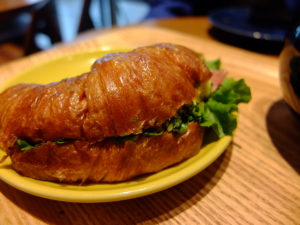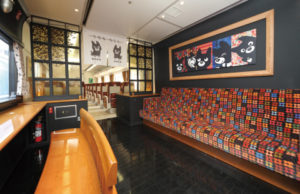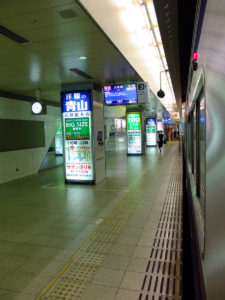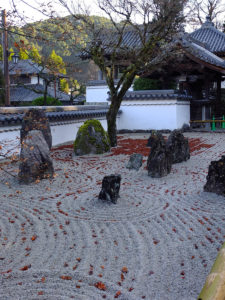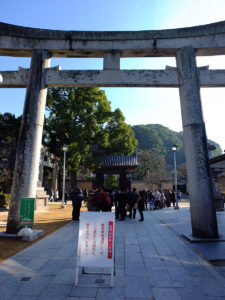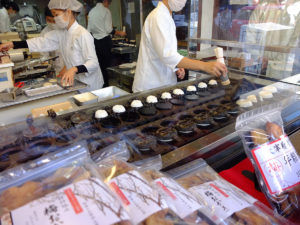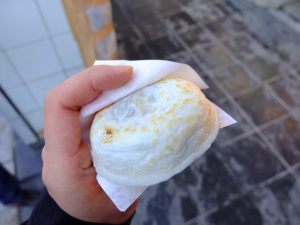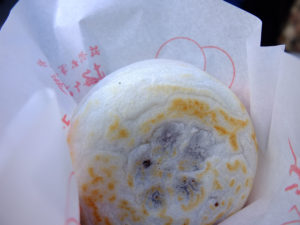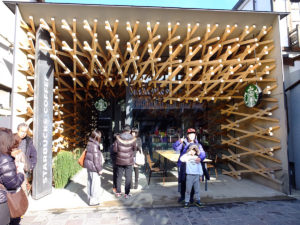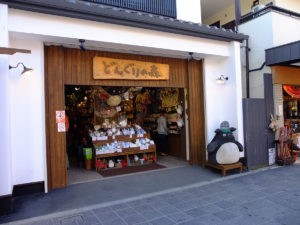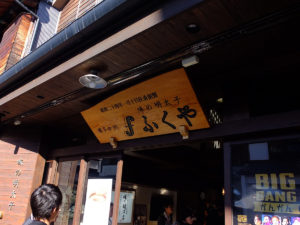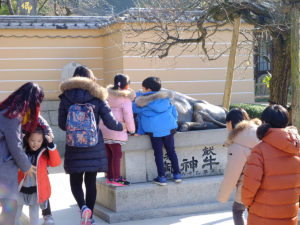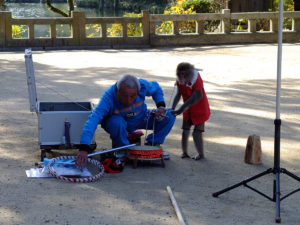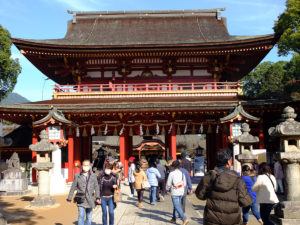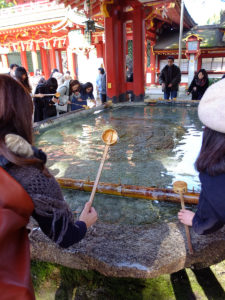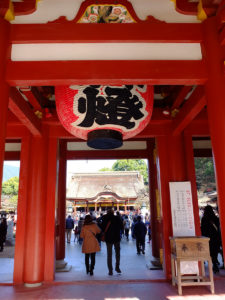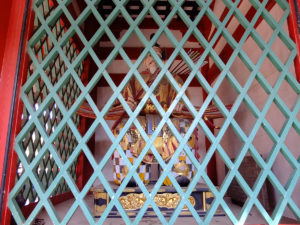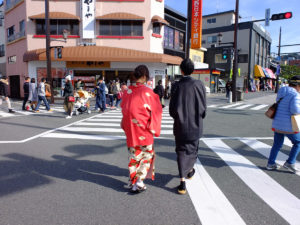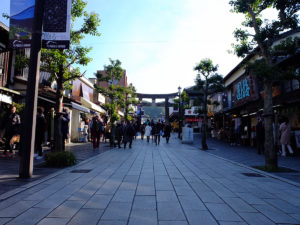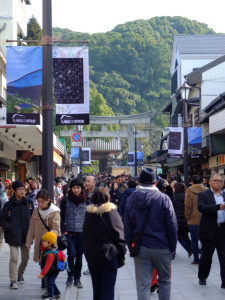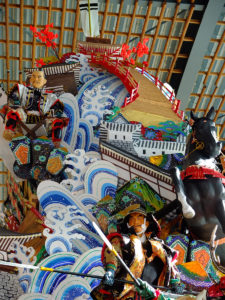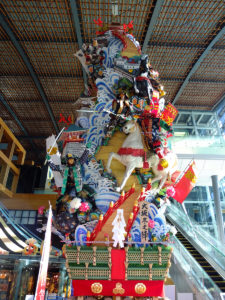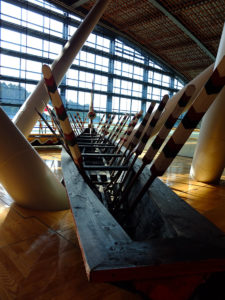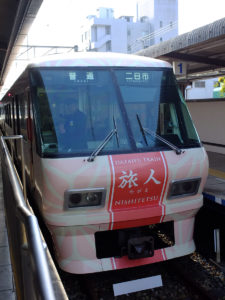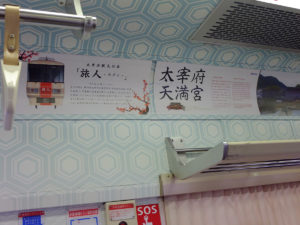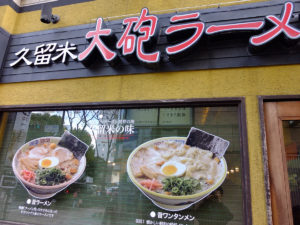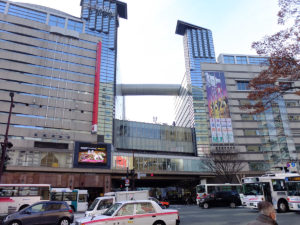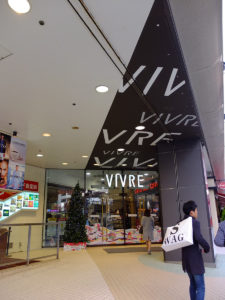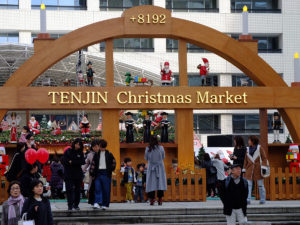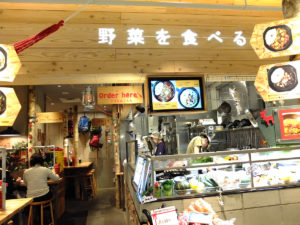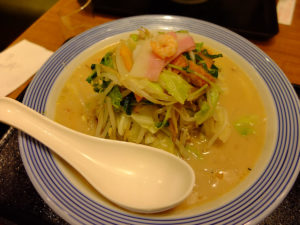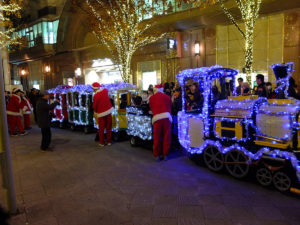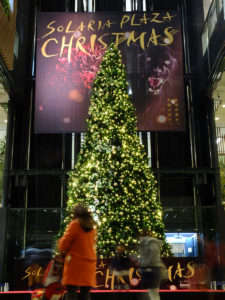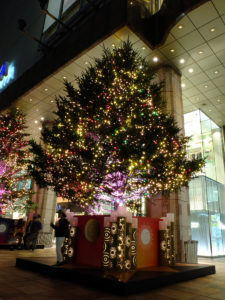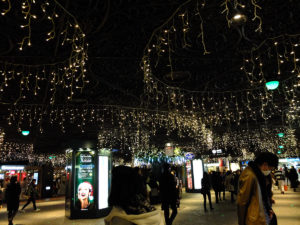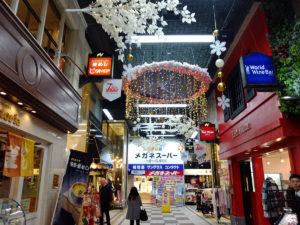Let’s talk about some of the things I learned during my searches.
題外話,來說說研究這次旅行時所學的吧
First, what is onsen?
首先,什麼是溫泉
The general understanding is it’s hot spring water, whether naturally existing or drawn up through wells. The legal definition is a lot more specific, first of all, the water needs to be higher than 25 degrees C, and must contain specific quantity of minerals. The concentration of the minerals required depends on the type of minerals, some less, some more.
一般認知是熱泉水,無論是自然湧出或是鑽井抽上來的。法律定義上首先泉源溫度必須高於25度,並含有一定濃度的礦物質。各種的礦物所需的濃度不同。
So onsen is hot mineral water? Kinda, when used in a bathing context it became a lot murkier. As onsen is such a selling point for hotels and ryokans, all of them try to offer onsens and stick all kind of impressive descriptions before them. Some are just fluff, others misleading.
所以溫泉是熱礦物泉?可這麼說,但用在泡湯上就比較複雜了。溫泉對旅館是一大賣點,很多會在介紹上說的天花亂墜的。許多只是宣染之詞,有些則有點唬人。
- Natural vs Artificial 天然vs人工
First thing to knock out is natural vs artificial onsen. Natural simple enough means the onsen water is drawn from natural sources.
首先要看的是天然和人工溫泉的差異。天然的很簡單,就是從自然環境中的泉源取得水。
Artificial onsen water is created from normal water by adding onsen powder, grounded mineral stones and other additives to increase mineral content of water. These are most often used in city baths, or when a place wishes to offer nigori にごり, murky onsen and the natural sources are not concentrated enough or contain the right mix of minerals to have that oxidation colour effect. Whether artificial onsen has same effect as natural onsen is another matter.
人工溫泉則是在普通水中加入湯花,礦物石粉或其他藥劑來增加水中的礦物成分。通常會這樣做的是都市中的泡湯休息處,另外就是想要提供濁湯(にごり)但泉源的礦物濃度不夠或是不含氧化後會變色的礦物。至於人工溫泉有沒有天然溫泉的效益就不知道了。
- Recycled vs Kakenagashi 循環vs掛け流し
Recycled is easy enough to understand, think of a swimming pool, the water is sucked down through inlets, filtered and then flows back out. In the recycling process chemicals may also be added to prevent the growth of bacteria and clear out dirty particles. Supposedly technology has advanced enough that the process does not affect the mineral content of the onsen water, won’t go into discussing whether this holds true or not.
循環溫泉很好懂,跟游泳池一樣,水從池中流出後經過過濾後重新流入溫泉池。過濾過程中可能加入一些藥劑殺菌,沉澱排除污漬。宣稱現在的科技可做到過程不損溫泉成分,是否真是如此這樣不知道。
Kakenagashi supposedly means letting it flow continuously from the source without cycling, in actuality it has a devious definition, for the sake of sanity for now it’s best to simply think of it is the opposite of recycled. We will go into this in depth later.
掛流理當來說是放著讓水溢流的意思。實際上定義中有很大的空間,目前單純的解釋為非循環的意思,之後會另外詳細解釋。
So why recycle at all? The answer is because it takes a heck of a lot more water than one would think to achieve kakenagashi.
為何要循環呢?答案是掛流所需要的水比一般人想像的多太多了。
Onsen water needs to be constantly replaced to keep the bath clean and avoid bacteria growth, like legionnaire’s disease which sometimes break out when an onsen bath isn’t kept up to standards.
溫泉水必須持續不斷更換才能保持乾淨避免細菌滋生,許多時有耳聞的legionaires disease就是不及格的溫泉造成的。
Just how much water is needed? A general sum of rule is the water of a bath need to be able to be completely replaced every hour (ie, inflow volume in an hour = total volume of bath). Take a decent sized public bath, 3 by 5 metres and 0.6 metres deep, 9 cubic metres = 9000 litres every hour = 150 litres every minute (150L/m). Then double the bath for both genders, 300L/m, suddenly we’re looking at a lot of water. For larger hotels there’s a need for even more baths to prevent crowding, a hotel with 100 rooms is going to need several pair of public baths.
掛流需要多少水呢?原則上一個溫泉池的水必須一小時汰換一次 (一小時流入的水 = 池子的容積)。拿一個還算寬廣的公共池,3公尺長 5公尺寬 0.6公尺深,容積的9立方 = 每小時9000公升 = 每分鐘150公升 (150L/m)。男女池都要所以x2,300L/m,這樣消耗的水量是很可觀的。大一點的旅館避免擁擠必須多幾個池,一個數百房的旅館可能需要數對溫泉池。
Although this number seems to be mostly refer to public baths where it’s expected to be in constant use. Private baths or baths that sees less usage may require less water to maintain cleanliness.
不過這數字似乎是針對很多人不斷來往使用的大風呂。私人風呂或比較少人的風呂可能不需那麼多水來維持乾淨。
Most places simply don’t have this much onsen water available, the larger a hotel or ryokan the larger its bath needs to be and the less likely it’s going to be able to source enough water for it.
大多地方沒有這麼多的溫泉水可用,何況越大的旅館需要越大的池子,也越難找到足夠的水供應。
Larger hotels either recycle their water, or sometimes have one bath that is kakenagashi then recycle the water from that bath to feed other baths. Keep an eye out on a hotel’s onsen description to see which ones are kakenagashi.
大旅館一般會選擇溫泉水回收循環,或有時會有一個池掛流,再將這池的溫泉水去循環注入別的池子。注意旅館對他們溫泉的解說看哪個池是掛流。
On a similar note, if the hotel offers onsen baths in their rooms, keep an eye out to see if they specify it is kakenagashi, as private baths uses up way more water per guest. Or worse, sometimes the room’s open air baths aren’t onsen water at all, be sure to double check this, don’t go to a onsen hotel and bath in plain piped water.
同樣的,若旅館房間有溫泉風呂的話,記得確認是否是掛流,因為房間風呂平均每位住客消耗的水比公共池多。或更糟的,有的露天風呂根本不是溫泉水,這點務必要留心
,不要住了溫泉旅館泡的不是溫泉。
If the size of baths seems too hard to estimate, another rough rule is 1 litres per minute for every staying guest, this doesn’t take into account private baths, sizes and other factors so don’t rely on it.
如果池子的大小很難估算的話,網上另一個方法是每個住客需每分鐘一公升。不過這沒考慮私人風呂,大小和其他因素,感覺不太牢靠。
Now consider that Yufuin, one of the largest onsen in Japan by onsen water amount range about 40~60000L/m. By comparison Hakone, probably the most visited onsen by foreigners, has about ~20000L/m. It is then not difficult to see why it is quite rare for hotels to offer kakenagashi.
現在來看看溫泉地的水量,拿由布院來說,算是日本湧泉量中名列前茅的,每分鐘40~60000L/m. 相較下外國人最愛的箱根大概是20000L/m. 這樣就不難理解為何提供掛流的旅館不多。
If look look at Taiwan, the most famous Beitou onsen, has blue and white spring combined output of 6000~8000m3 a day, 6000×1000/24/60 = ~4166~5555L/m, a quarter of Hakone and a tenth of Yufuin. The supply demand situation of onsen water by Beitou’s onsen hotels is clear, and so are the implications.
拿台灣來說,最有名的北投溫泉每天供給青磺白磺一天共6000~8000立方, 6000×1000/24/60 = ~4166~5555L/m,是箱根的1/4,由布院的1/10。北投旅館的溫泉供需狀況和引發現象可想而知。
If we’re looking for the kakenagashi experience, focus on hotels and ryokans with less than 30 rooms as they are more likely to have them.
若想要體驗掛流溫泉,注意30房以下的旅館,比較容易會有掛流。
Though less common, temperature can also affect whether kakenagashi is possible. Onsen water needs to be about 40 degrees, less in summer slightly more in winter. If the onsen source is not at the right temperature then they will need to be adjusted. Keep in mind the water will have cooled between the source, the holding tank and finally piped to the bath.
另外雖然是比較少見的情況,泉源的溫度也會決定是否能夠掛流。溫泉水泡的溫度最佳是40度左右,夏天冷一點冬天熱一點。若泉源的溫度不對的話就需要先調節。溫泉水溫從泉源到儲存槽到流入溫泉池多少會失去一點熱度。
If the source is below desired temperature, either the hotel will let it be as is and warn the guests that the onsen may be too cold (especially in winter), or the hotel will opt to heat it up. But heating up water costs money, if the outflow is let off as in the case of kakenagashi, all that heated water essentially goes to waste and continuously heating up fresh water will cost a fortune, so the hotel is forced to recycle the hot outflow to reduce heating bills.
若泉源太冷,旅館要就是提醒訪客水溫有點低(尤其是冬天時),要就必須加熱。但把溫泉水加熱需要前,若像掛流那樣溢出的熱水就任由它流去,那些好不容易燒熱的水就浪費掉了,要不斷將冷水加熱,注入,太費錢了負擔不起,唯一的方法就是循環回收熱溫泉水了。
On the other end, if the onsen source is too hot, then the water will need to be cooled down before it can be fed into the baths. Cooling down may sound simple, but natural cooling may not cool down water fast enough nor in sufficient quantity. A heat exchanger may be used but that itself requires a huge amount of fresh cold water that may not be cheaply available.
反之,若泉源太熱,那溫泉水就必須先降溫才能注入池子。降溫說很簡單,但讓它自然冷卻太慢了,也無法冷卻足夠的水量。也可以用熱能轉換器來加快冷卻速度,但轉換器需要大量的冷水,要取得也是一大難題。
There’s also the option of adding cold water directly, but that can only be done to a small degree before the water stop qualifying as onsen.
還有的選項是將冷水直接加入溫泉水混和降溫,但這樣只能加到某一程度,再多就不被認可為溫泉。
If the onsen source is not of the right temperature it may not be possible for the hotel to do kakenagashi.
所以泉源溫度若不對也可能無法提供掛流。
Bonus: Kusatsu uses hot water that comes out of their heat exchanger to supply household hot water and pipe it beneath roads to melt snow.
多提一點: 草津溫泉將它們轉換器熱水排出來供給一般住戶的熱水和在路面下鋪設熱水管線在冬天可融雪。
- Gensen Kakenagashi, Gensen 100% Kakenagashi 源泉掛け流し, 源泉100%掛け流し
We’ve already determined kakenagashi means no recycling so it’s the best there is, right?
我們已經說明掛流就是非循環,不斷注入新鮮溫泉水了,所以也就是最好的了不是嗎?
Well, not quite. If we look at various descriptions onsens hotels use to describe their onsen water, we’ll come some labels like “gensen kakenagashi” (源泉かけ流し), or goodness forbid, “gensen 100% kakenagashi” (源泉100%かけ流し).
並不完全。若研究幾家溫泉旅館對溫泉的敘述,就會看到一些奇怪的名次,如源泉掛流或更奇怪的源泉100%掛流。
It’s a way for hotels to promote themselves by sticking more labels to make things seem more impressive.
這是旅館添加形容詞感覺起來比較厲害的廣告手段。
Let us look at “gensen” first. Gensen means local source, so “gensen kakenagashi” means directly from local source with no recycling.
先看源泉。源泉的意思是當地溫泉泉源,所以源泉掛流就是直接使用當地溫泉不循環回收。
Technically the term gensen is to separate it from indou (引湯) where onsen water is trucked in to a hotel from elsewhere. Hotels and onsen baths in city do this often to provide the busy city dwellers a chance to relax and enjoy onsen bath.
定義上,源泉是用來跟引湯做區分,引湯是指從外地載運來旅館的溫泉水。都市中的旅館或泡湯休息處常用這方式來給繁忙的人們享受溫泉的機會。
Sometimes onsen hotels secretly resort to this too when they’re short and desperate for more onsen water, like what happened in Arima (有馬温泉) a few years ago, causing quite a scandal.
有時候溫泉旅館在自己源泉的水不夠用,急需溫泉水的時候也會偷用引湯運水來魚目混珠,如有馬温泉幾年前就鬧過這樣的醜聞。
Except in the case of kakenagashi this is largely a redundant qualifier since no one is going to be capable of trucking in that much water to allow it to flow continuously without recycling. Adding gensen before kakenagashi is just fluff.
但在掛流上源泉其實有點多餘,因為沒有人有辦法運那麼多的水來掛流而不回收。所以掛流前加源泉基本上是加好聽的。
Next let’s see about that 100%. The first thought would be, it means 100% directly from the source without treating it. And that would be correct***. Yes, that’s what it should mean but with several fine prints.
再看100%。第一個想到的是這意思是百分百從泉源導入沒有多餘的處理。這是正解***。對,意思該是這樣但有許多備註。
There is some vagueness around for what qualifies for 100%. The gensen kakenagashi association considers an onsen to be 100% given the “added amount of water for purpose of adjusting temperature does not affect quality of onsen water”. ¯\_(ツ)_/¯
怎樣算100%定義有些模糊。掛流協會對溫泉是否是100%的規範是『在不影響泉值的狀況下加水冷卻是可以的』。¯\_(ツ)_/¯
The onsen association considers 100% to have no added water but heating is allowed. (As mentioned heating is a rare case anyway due to cost involved).
溫泉協會對100%的認知是不能加水但加熱可以 (前面提過加熱掛流本來就不多,沒多大影響)
For the Japanese Fair Trade Commission, they stipulates that 100% must be 100% with no water or heating. But we can still see some advertising as 100% with exception in footnotes, such as “100% gensen kakenagashi*. *Sometimes water may be added for cooling”.
日本公正交易委員會認定100%必須是100%不加水或加熱。但有時還是可見到這樣的廣告-源泉100%掛流*。*有時為冷卻會加水。
If that is all getting very confusing, it is, especially when a hotel’s website may not be very clear or even mention what kind of onsen water it offers, sometimes they put that description in the room’s booking plans, othertimes it might even be in the description of a photo in their gallery.
這些都把人弄糊塗了,尤其是旅館網頁上未必會標明,有的連提都不提。有時會放在訂房時方案的敘述中。有時又可能在圖片下面的敘述中。
There is a quick way to help find out though. That’s Jalan. Jalan is quite clear in how hotels should label their onsen. Unfortunately whether a hotel follow the guidelines is another matter, I find it to be correct most of the time at least.
不過還是有可以協助的管道。Jalan。Jalan訂房網對旅館在溫泉上該用什麼標籤有清楚的指示。當然了旅館是否遵循是另一回事,目前看起來是還算準確。
Bonus: Jalan is very detailed about everything about its listings. One of the other detail which I love is it lists the number of rooms and the number of public baths a place has, I use it a lot to get a feel for how big a ryokan is. Jalan for info of a hotel, Rakuten for pretty pictures of a hotel.
另一提: Jalan對旅館細節要求很詳細。我很喜歡他會要求旅館寫出一共有幾個房間
,幾個公共池。我常用這些資訊來判斷旅館的大小。用Jalan收集資訊,用樂天看漂亮相片。
On Jalan there is a field showing what onsen a hotel has. It goes in the format of <Onsen Name> (Qualifier) [Kakenagashi tag if any]
Jalan有一個表格專門顯示旅館的溫泉。格式是<溫泉名>(標籤)「若有的話掛流圖示」
The qualifier can be:
100% natural (no added water, no heating)
Added water
Heating
Recycled
The last 3 can be combined, eg “Recycled, added water”.
標籤有
100%天然溫泉 (不加水加熱)
加水
加熱
循環
後三項可合併,如『循環,加水』
A hotel gets the kakenagashi label as long as it does not recycle (adding water or heating is allowed, but that in theory disqualify them from 100% natural). The hotel may add in footnote explaining they’re 100% most of the time and when water would be added.
旅館只要不循環就可貼掛流圖示,但加水加熱嚴格上會失去100%天然溫泉的資格。在備註欄旅館可能會強調大多時候是100%掛流但有時會加水。
- Onsen analysis certificate 溫泉分析書
Every hotel is supposed to put up in the bath area a certificate of their onsen source showing their mineral breakdowns and certifying they are indeed using onsen water. Though not required, many certificate will also indicate the flow rate of the onsen source so we can learn about the L/m this way. We can also learn about the onsen sources’ temperature (which may give some indication whether it’ suitable for bathing in winter, summer), and the kind of onsen water it is, whether strong or weak, scent, acidic or alkaline. For first time onsen bathers it’s not recommended that they try out strong acidic (such as some in Kusatsu) as they may cause skin agitation.
每個旅館規定該在風呂附近貼出溫泉分析書,證明他們用的是真正的溫泉和列出溫泉的成分
。雖然不是一定會有,有些溫泉分析書會標出溫泉的水量,可得知L/m。同時也可得知溫泉的溫度(可大略判斷是否適合冬天或夏天泡),還有是那種溫泉,強或弱,酸或鹼。若是第一次泡溫泉的人不建議泡強酸泉 (如草津),皮膚可能會過敏。

